Restoration and renovation of a log house
If the finish on the wood is very old, you should first inspect and assess the areas of greatest concern. The choice of cleaning method and restoration depends on the condition of the finishing layer, the integrity of the sealing layers of the logs, the local surrounding environment and the preferences of the operator. Generally, such work involves one of the following techniques: pressure washing; sanding with sandpaper; the use of chemical removal agents or the use of a bulk method.
In order to effectively remove the old or damaged finish layer, it requires kemic means and using a pressure washer. Palkmajakeskus offers for this purpose Smart Strip or PCSI S-100, which are relatively environmentally and user-friendly, but the disadvantage of the technique is that it involves working with chemicals, and pressure washing can damage the main protective layer of the log.
Using the bulk method is gaining popularity. The process effectively removes the old finishing layer without wasting water or chemicals. The advantage of this technique is the fact that after finishing the work, the work surface is dry and accepts the new colorless finishing agent very well. The disadvantage of this technique is the subsequent cleaning and removal of loose debris, in addition, the technique causes some fibers to form on the surface of the log and sometimes the surfaces are knocked out. It is possible to order both service and equipment from us.
Check out log house restoration tools:
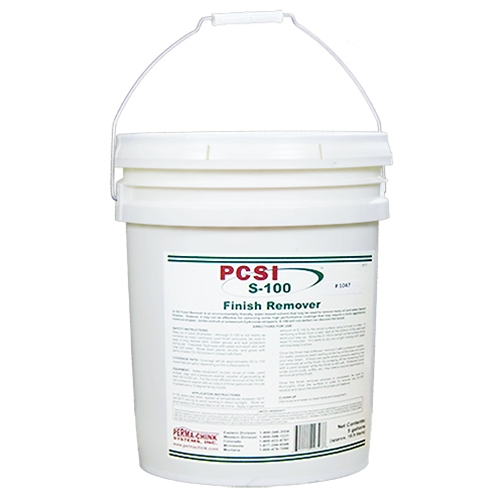
PCSI S-100 is a still-based environmentally friendly finish remover solvent. The product removes old oil-based or still-based finishes from logs, exterior linings and terrace surfaces. PCSI S-100 is a new technology developed by Perma-Chink Systems that was originally designed to remove paint from aircraft aluminum surfaces.
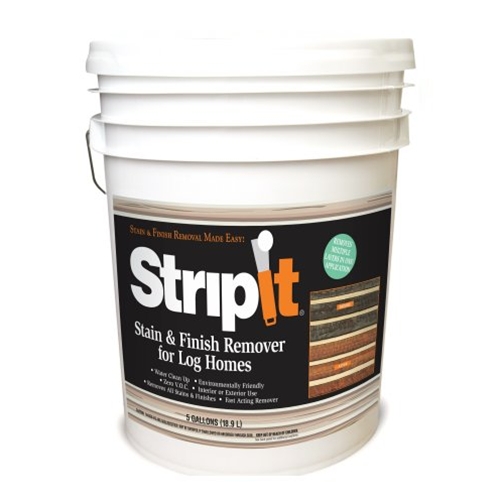
Smart Strip is an environmentally friendly solvent-based finish remover. The product removes most oils and still based stains and wood preservatives from wood surfaces. The product does not contain dangerous chemicals, is biodegradable, non-flammable and does not change or darken the color of wood. Not recommended for removing paint containing lead or paint applied before 1972
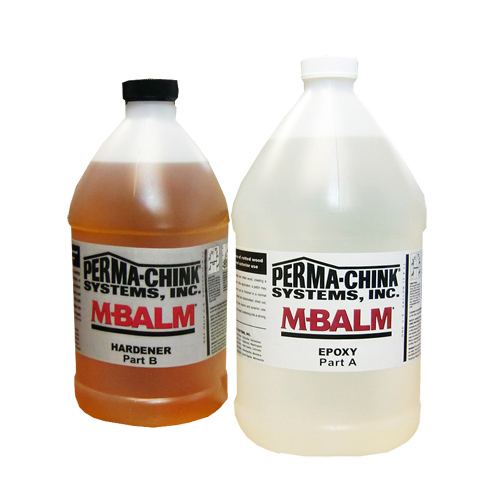
M-Balm Epoxy Resin Liquid penetrates deep into porous, diseased, dried or spongy wood, repairing and strengthening the wood with a durable moisture barrier that contains both the original wood fibers and the epoxy resin mixture. M-Balm seals the damaged area and prepares the surface for treatment with E-Wood.
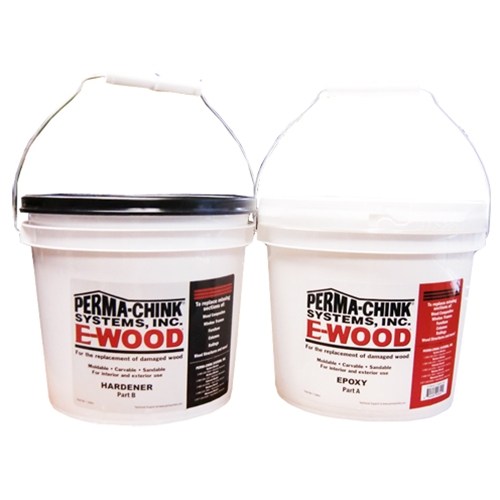
E-Wood is a putty-like elastic filler used to replace the missing wood part of a log. E-Wood forms a permanent bonding layer between even the most rigid surfaces. Porous surfaces should always be pretreated with a low viscosity epoxy such as M-Balm.
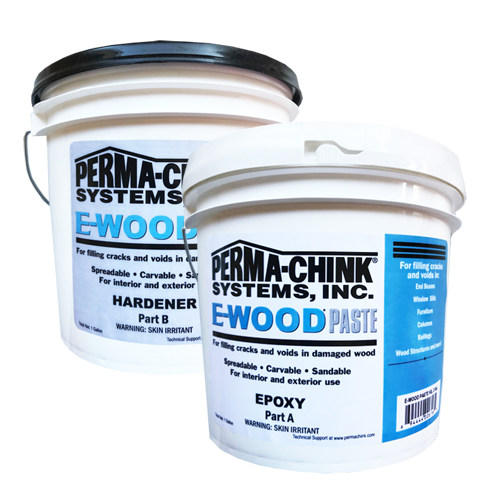
E-Wood Paste epoxy is a wood filler for repairing hard-to-reach woods. Works great on window moldings, log ends and other areas where caulk/putty can be difficult to apply. As with any other epoxy, the wood filler consists of two parts, the resin (Part A) and the hardener (Part B). Mixing the two parts according to the manufacturer's instructions starts a chemical reaction that causes the epoxy to harden. Treat with M-Balm beforehand.
